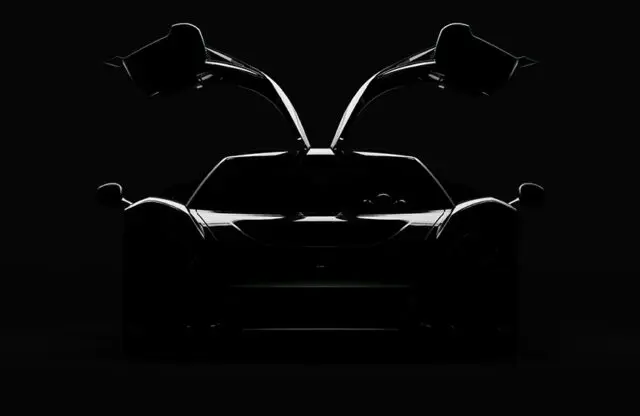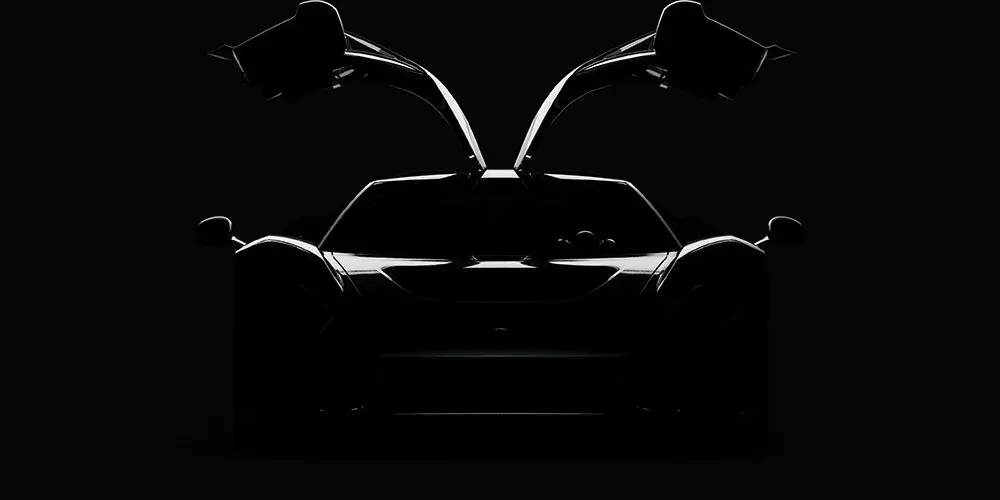Say hello – kind of – to the latest launch from Zagato: an ultra-limited-edition hypercar produced in combination with Germany’s Capricorn Group.
The full car and its name will be unveiled at Belgium’s Zoute Grand Prix on October 10, 2025, and for now further details are scant. Only 19 will be built, with production starting in the first half of 2026. Although designed by Zagato, the hypercar will be been engineered by the Capricorn Group, which will hand-build them in Germany. The model will be available exclusively through the Louyet Group.
According to Robertino Wild, the founder and CEO of Capricorn, the car will not be about chasing track records or “following trends”. “It’s about bringing together German engineering discipline, Italian design flair and a shared belief in what a true driver’s car should really stand for,” he says. “The result is something that speaks quietly but leaves a lasting impression.”
Wild also says that the car will benefit from precision engineering and lightweight design, but also be “refreshingly analogue” – although whether this refers to a naturally aspirated engine, a manual gearbox or both isn’t yet known.
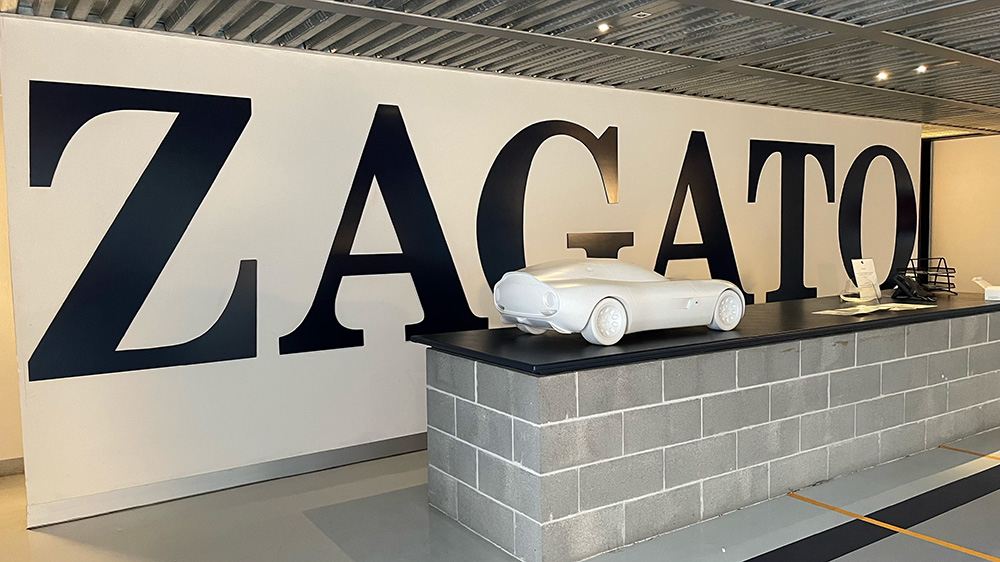
“This project marks a turning point in our 106-year history of collaborating with more than 45 automotive brands in the creation of collectable GT cars,” said Zagato’s Andrea Zagato. “Zagato’s first hypercar introduces a new segment of collectables, designed to enhance the driving experience beyond the contemporary and classic categories. Zagato’s bond with the racetrack spans more than a century, ever since the Gran Turismo category brought racing cars that could also be enjoyed on the road.
“This hand-built production series embodies the fusion of two DNAs – German precision and Italian beauty – forging an even stronger identity: a true synthesis of timeless design and drivability. Through the heritage, expertise and unique skills of our two companies, we bring to life a collectable project that opens a new chapter in our story and redefines the standards of emotional design and driving.”
The Capricorn Group comprises six production facilities spread over Europe, headquartered in Düsseldorf, Germany. For example, cylinder liners and forged pistons are created in Basingstoke, England, while crankshafts and camshafts are built in St Étienne, France and aluminium sandcasting for engine and gearbox components takes place in Modena, Italy.
However, Germany is where the most extensive work is carried out, with composites created in Meuspath, while conrods and mechanical components are built in Mönchengladbach – the location for Capricorn Group’s classic-restoration and motor sport-preparation departments. In the past it has supplied parts to OEMs for Formula 1, World Endurance Championship, World Rally Championship, touring cars, the Dakar Rally, NASCAR, MotoGP and more besides. Capricorn Group also played a key technical and engineering role in the development of the Apollo Intensa Emozione hypercar, co-developing the model’s carbonfibre monocoque chassis, along with subframes and crash structures in lightweight composite materials.
As for the Louyet Group, it was founded in 1959 and is currently run by Laurent Louyet. It has retail outlets in Belgium, Luxembourg and France; Laurent also distributes cars for Rolls-Royce, McLaren and Pininfarina in Brussels.
There’s very little else to go on about the hypercar so far – so let’s look back at some prior mid-engined Zagato highlights.
Lamborghini 5-95 Zagato
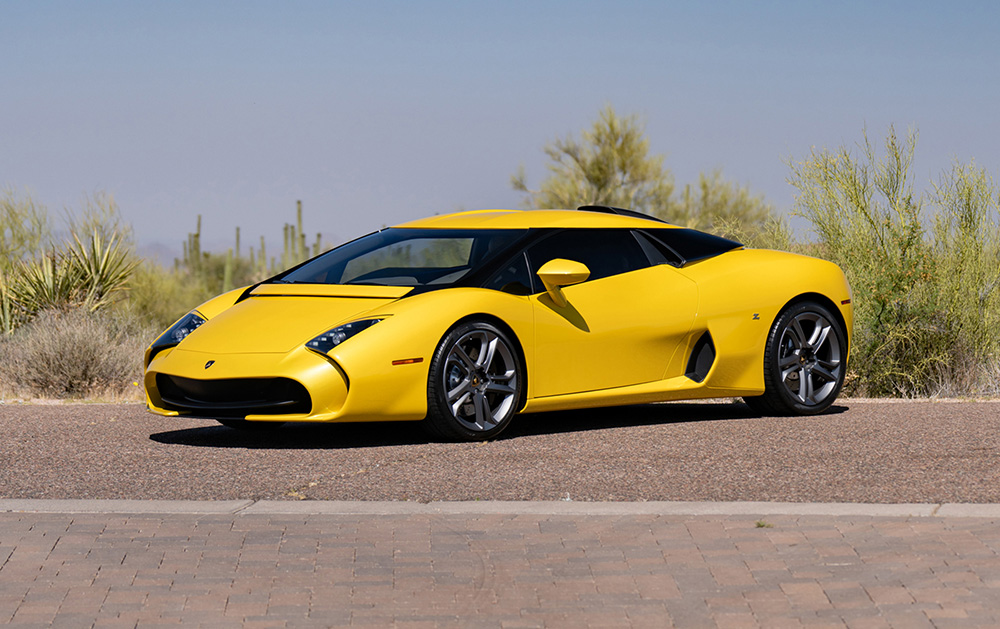
In 2014, the design house released the Lamborghini 5-95 Zagato. Based on a Gallardo LP570-4, the Stephane Schwarz-penned car was commissioned by Albert Speiss to celebrate Zagato’s 95th birthday and Lamborghini’s 50th. It’s believed five units were built, and in 2018 a Spyder version was made available. Gooding & Co sold the above example at Pebble Beach in 2024, smashing its pre-sale $400k-$600k estimate with a final result of $720k.
Spyker C12 Zagato
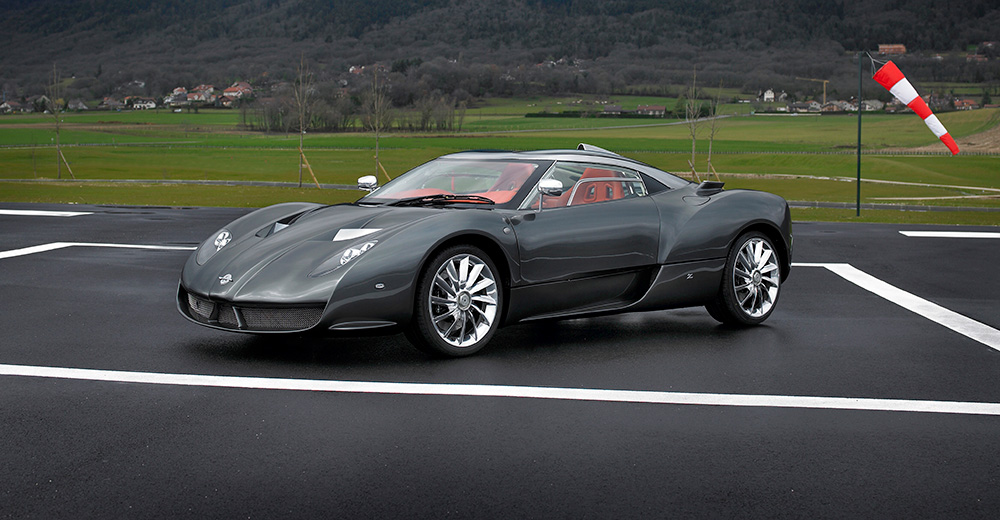
Built for the 2007 Geneva Motor Show, this Norihiko Harada-designed car was intended to be built in 24 units, using a tuned VW Group 6.0-litre W12 engine and a six-speed manual transmission. The 500bhp machine would remain a one-off, because Spyker chose to focus its efforts on the C8 and D8.
Lamborghini Canto
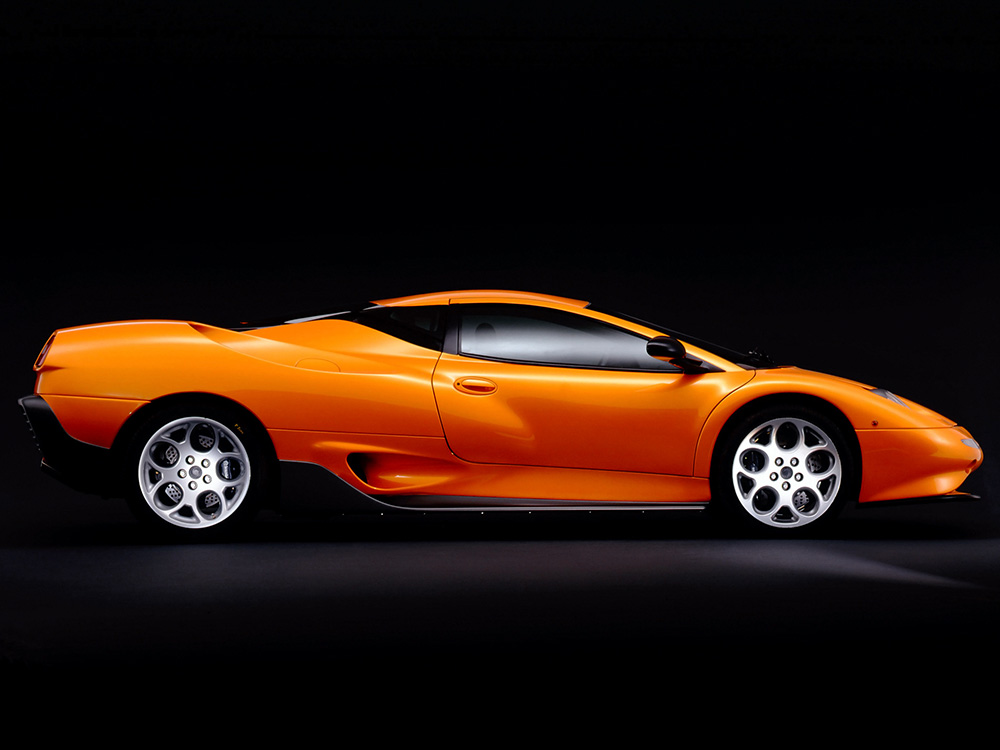
When Marcello Gandini’s proposal for the Diablo replacement was turned down, Lamborghini turned to Zagato in 1997. Norihiko Harada’s design was chosen, and development moved to tests at the Nardò test track in Italy, where it is said to have reached 217mph. However, when Audi took over Lamborghini in June 1998, Zagato’s design was immediately rejected by Ferdinand Piëch as not being aggressive-looking enough. The big side air intakes were also a problem for him, which is why the project came to nothing in 1999 after an extensive design rework for that year’s Geneva Motor Show. Although the prototype used Diablo SV running gear, it’s believed that five cars were built with the 602hp SV-R engine, with one example sold to a Japanese collection.
Lamborghini Raptor

The 1996 Zagato Rapto was the brainchild of champion Swiss skeleton bobsled racer Alain Wicki, who turned to Zagato’s Norihiko Harada for this design. Under the skin is a Lamborghini Diablo VT, but without ABS or traction control. The body was constructed from carbonfibre, and only one was built. Wicki tried to develop the car alongside Zagato, but it would come to nothing; he retained the car until 2000.
Ferrari FZ93/ES1
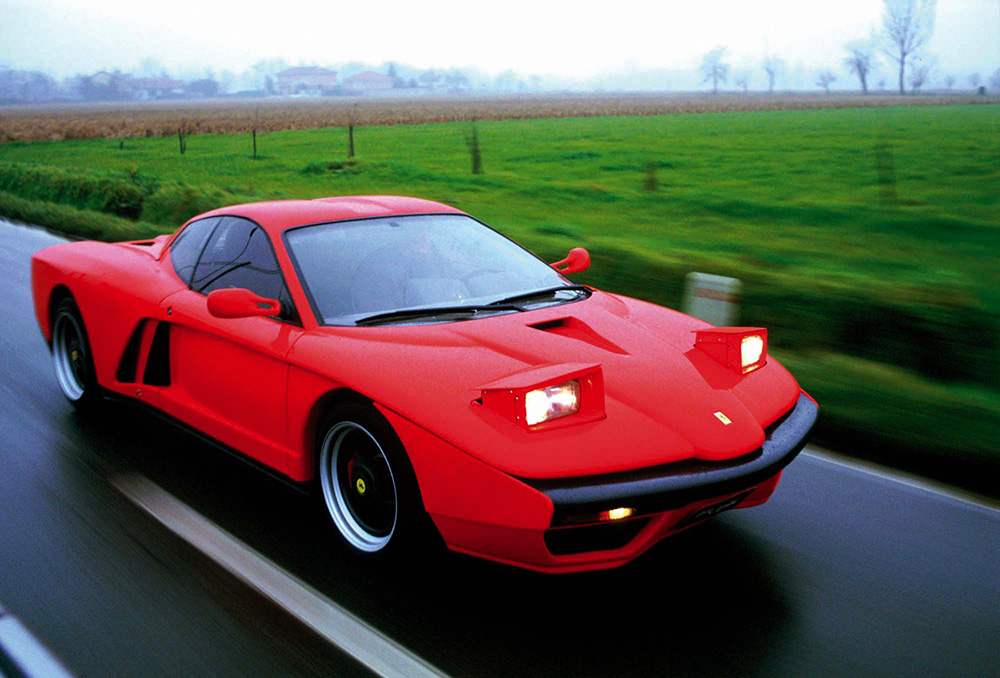
Zagato brought back Ercole Spada for the Formula Zagato 93, which used Testarossa/512TR underpinnings. It was first displayed at the Geneva Motor Show in 1993, and used an F1-inspired nose that would resurface on the Enzo ten years later. After its two-tone grey and red colour combination prompted some criticism, it was repainted all red the year after. Just one was built.
Ferrari 348 TB Zagato Elaborazione
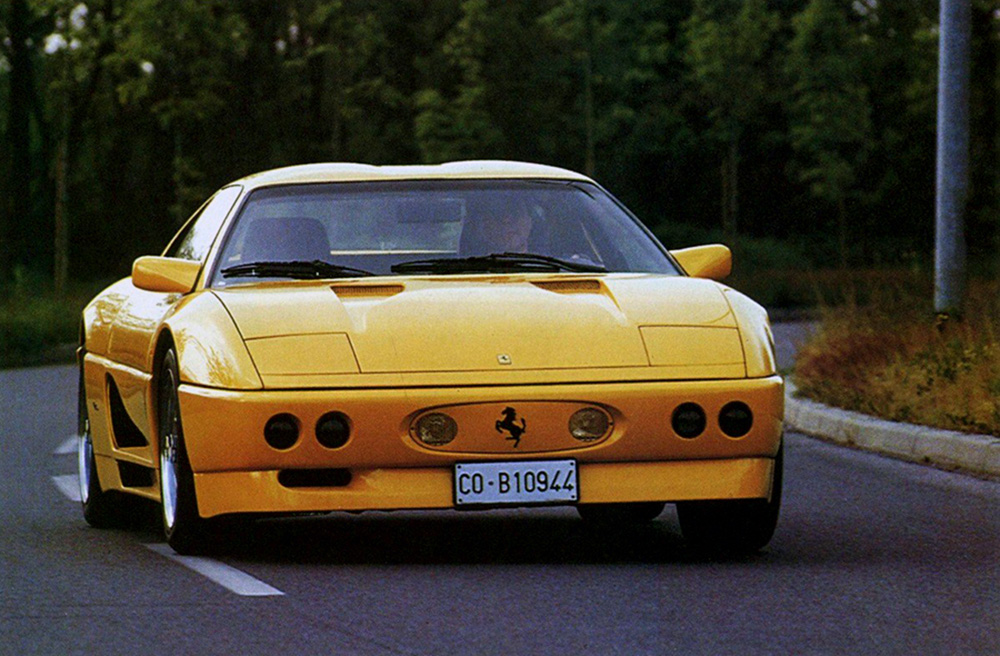
The 348 TB Zagato Elaborazione was built between 1991 and 1992, and it would preview some of the design cues later adopted on the F355. Gone were the original car’s side strakes, and there was now a glass engine cover to show the engine. It featured a lower roof but with the trademark double-bubble effect, an electronically controlled rear spoiler and round triple lights at the rear. Out of a production run of a proposed 22, ten were built.
More information is available via Zagato, Louyet and Capricorn Group.
